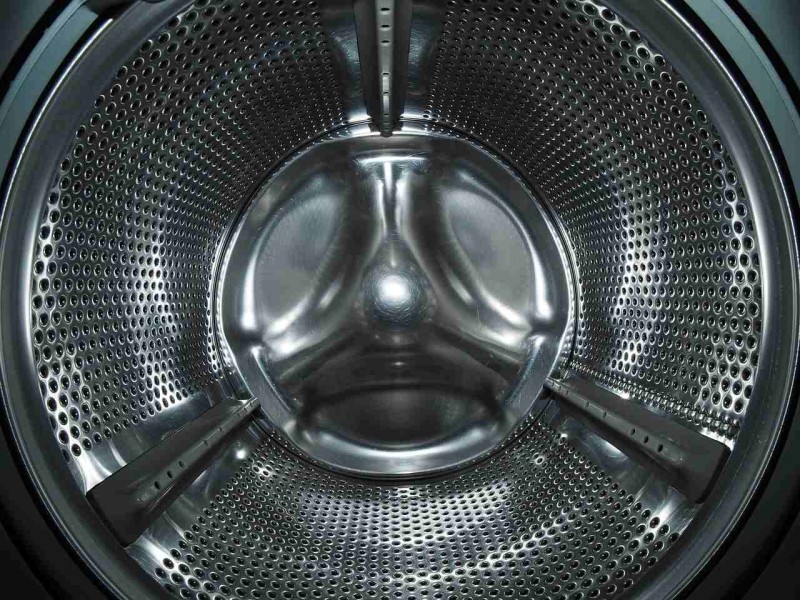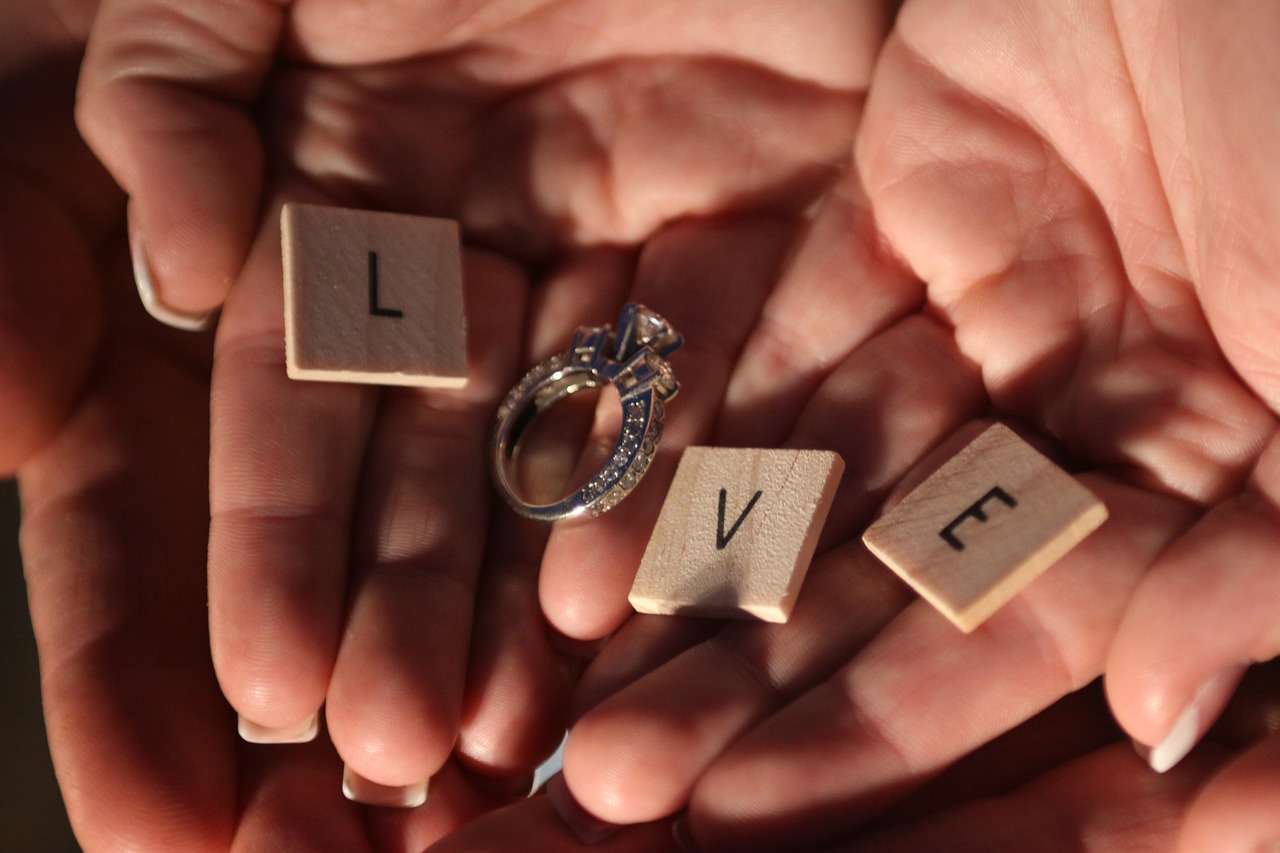Because most individuals need to clean their garments and linens frequently, washing machines are one of the most used pieces of household appliance technology. Unfortunately, due to the lack of a simple alternative, most individuals don't have a way to wash their garments in case the washing machine breaks down, which makes it a very disruptive situation.
Get washing machine repair service from repair-network with fixed price with all parts and labour included. One year guarantee for all repaired parts.
Fixes for the most frequent issues with washing machines are detailed here:
Noise from the Washing Machine:
When the washing machine begins to produce loud sounds while functioning, that is the next typical issue. It is often brought on by a coin or other piece of garbage bouncing around in your washing machine. To prevent this from occurring, you need to remove the object from the washer.
Incorrect internal parts, such as the motor, may also be to blame, but you'll need to call a trained specialist to remedy these issues.
Washing Machine Shifts Position:
When your washing machine begins to bounce about or move a lot during a wash cycle, it's normal for it to vibrate and move a little, but this signals a problem that has to be fixed.
The most typical reason for this issue is that the washing machine is not placed on a flat surface. You may check the level of your washing machine with a bubble level and adjust the legs if necessary to resolve this issue. However, if this is not the root of the issue, then the problem most likely lies in the suspension rods. They may sometimes get separated, resulting in your washing machine moving quite. If the suspension rods are faulty, new ones will need to be installed.
Problems with Drainage:
If you find that your washing machine doesn't drain as it should, the problem is typically caused by a clog inside the drainage mechanism. Since filters often get clogged with dirt over time, the filter will probably be the component that is impacted. You only need to ensure that the filter does not have any obstructions, and if it does, you should remove them. It is a good idea to give the filter routine cleanings to prevent anything like this from occurring again in the future.
Clothing Emerges Ripped:
Your washer is malfunctioning if your clothing or linens are coming out of it with tears or holes in them. Another issue often brought on by an unwanted object in your washer, such as a sharp plastic piece, is this one. It is also possible that the problem was created by your garments being entangled around the centre pole of the washer; thus, you should ensure that your clothes and linens are correctly put in the washer.
Problems with the Washing Machine Spinning:
If your washing machine isn't spinning, the problem can be something straightforward that you can repair yourself or something more challenging that needs professional assistance.
Let's begin with the most obvious explanation. The most typical cause of the malfunction is when an excessive amount of garments or linens are loaded into the washing machine, which prevents the machine from being able to rotate freely. Therefore, you should make sure that it isn't too full, and if it is, you should take some things out of it.
If this does not resolve the issue, the issue was most likely brought on by a malfunctioning component inside the device, such as the motor or the control board. To determine if these parts need to be repaired or replaced, you will need to remove the panels from the washer so that you may test them with a multimeter. If they are defective, they will have to be replaced. Because doing these repairs requires possessing the appropriate equipment, you will most likely need to bring in a certified expert to assist you in completing them.
Water Doesn't Fill Up in the Washing Machine:
You should check the water hoses first since they might get kinked or obstructed if your washing machine isn't full of water or isn't filling.
You only need to discover the hoses and inspect them for obstructions or kinks; if you find any, mend the line so that water may flow freely through it. Additionally, ensure that water is flowing from the faucets; if not, this might indicate that your water has been cut off at the main or that you are suffering an outage.
The Washing Machine Won't Start:
It is most likely that there is a problem with the power supply if your washing machine does not turn on at all or if it stops working in the middle of a cycle. First, check to see whether the circuit breaker that powers your washer is switched on; if not, turn it back on. If the issue persists, a repair will need to be made. Next, whether the circuit breaker is working properly, try plugging your washer into another power outlet to check if it operates. If it does, the power outlet is broken and has to be fixed.









